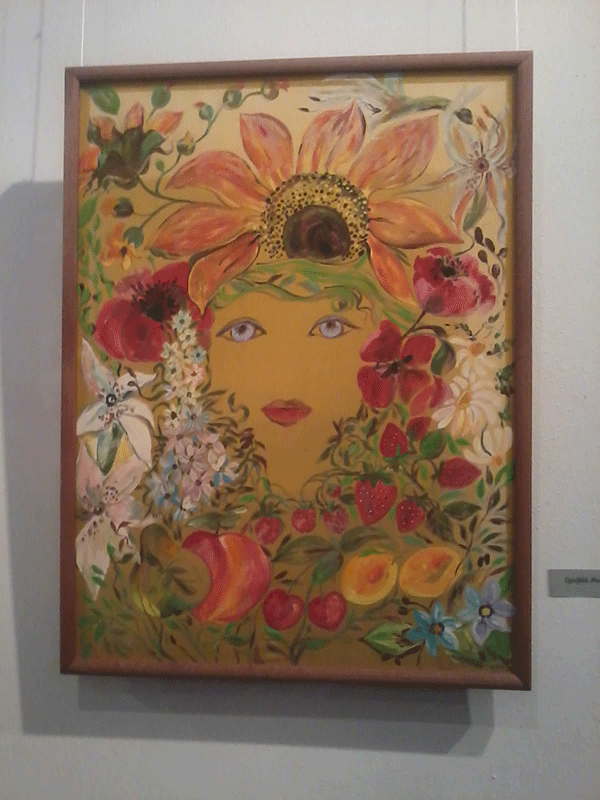The art lovers interested in Armenian and Japanese contemporary painting, sculpture and applied arts will have the opportunity to view the works of Armenian and Japanese contemporary artists side by side in Yerevan, until October 30. Under the initiative of the “Eybik” Armenian-Japanese organization, the Yerevan Museum of History and the Folk Creations Center named after Hovhannes Sharambeyan will host the Armenian and Japanese contemporary arts exhibitions entitled “From Tradition to Modernity”. The “Eybik” exhibition’s organizer Varditer Harutyunyan mentioned that their organization in partnership with Galeri Ginza Ee Chome Exhibition Hall since 2006 is organizing bilateral individual and group exhibitions.





The goal of the cooperation is to introduce the Japanese art to the Armenian art-lovers and the Japanese to the Armenian contemporary art. “From Tradition to Modernity” exhibition shows the works of 21 Japanese and 9 Armenian artists. In an interview with Aravot.am, Japanese painter Midzue Takagi told that she is trying to presents in her works everything that is impossible to see. One of her works at the exhibition is, for example, the movement of an embryo in a mother’s womb. The artist likes the Armenian contemporary painting. She feels warmth in the Armenian artists’ works and thinks that the reason is that they put soul in their works.
Painter and curator of the Armenian-Japanese exhibitions, Ara Haytayan mentions that both the Armenian and Japanese arts are very diverse and multifaceted. Perhaps, the most emphasized difference, according to the artist, is that the tradition and modernity in the Japanese art are intertwined, they do not have a borderline while in our works this tie is broke. “With Europeanization we have lost our national costumes, carpet weaving, working with wood, and now they are a part of merely a museum life rather than our everyday life. This did not happen to Japanese. The everyday life and art were always walking side by side in Japan. Today, they organically connect the tradition and modernity to each other. While for us, a tradition seems to be something that has happened some time ago in a faraway place, which we want to restore. The Japanese have no problems of restoring. In that sense, I think, it is instructive for us to see in what kind of harmony and without great collapses they pass through the times”, said Ara Haytayan in the interview with Aravot.am.
Siranush HAYRAPETYAN


























































